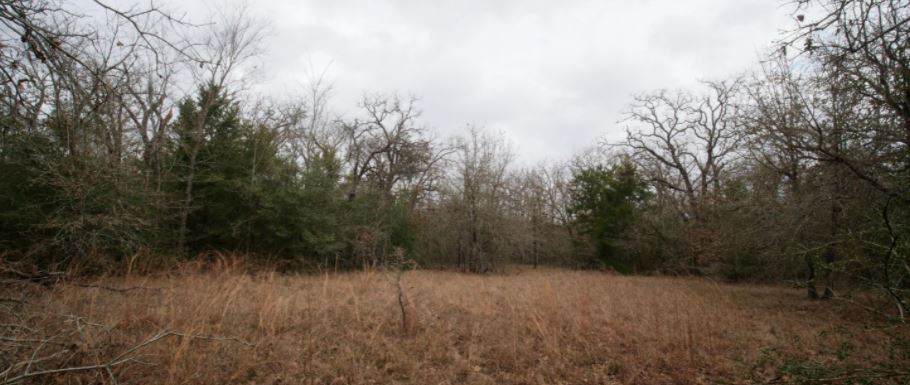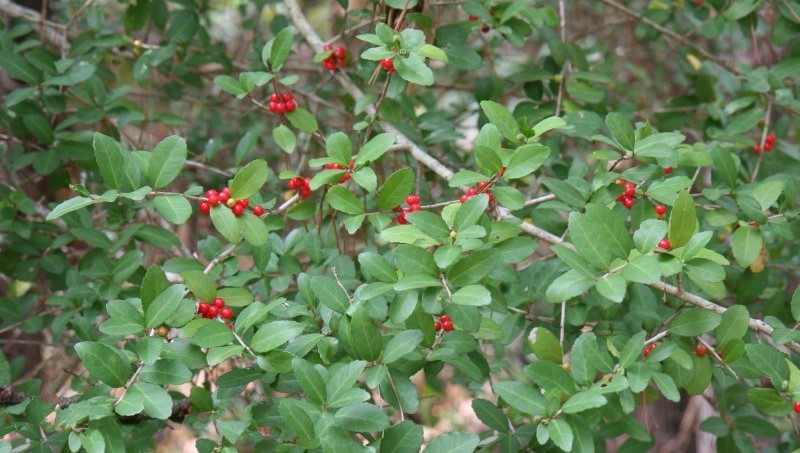Brush management is one of the many practices that landowners can use to maintain a wildlife exemption on their Milam County land. Wildlife management appraisal is a good option for Milam County landowners. It allows them to maintain an agricultural tax appraisal on land by practicing wildlife management. Wildlife management appraisal is also known as wildlife tax valuation.
An overabundance of brush on land is one of the many issues that face Milam County landowners. Historically bison and fire had a huge impact on plant communities. The removal of these major influences plant communities changed. Without fire and proper livestock grazing the plant communities began to see an increase in woody plant species in the county and throughout the Post Oak Savannah. As a result, the land changed from grassland or savannah communities to more brushland or woodland habitat types.
Habitat Management in Milam County
Brush encroachment will eventually form closed canopies and decrease grass and forb production. It also results in a decrease in overall plant and wildlife diversity. Some woody species tend to increase at rates greater than others, such as yaupon, and can begin to dominate a system.
Along with this domination come other changes that take place beyond what is realized by observation. Yaupon monocultures increase the movement of water from the soil into the atmosphere. The same can happen with mesquite and cedar. Too much brush means less water for the land and the plants found there.
A diversity in both plant composition and structure within differing plant communities is the key to successful wildlife management. An area that is dominated by any single species of plant is rarely going to meet the needs of even a single species of wildlife.
Brush does have some wildlife value, however. Management of a property should focus on providing brush in an adequate amount and arrangement to meet the needs of a multitude of wildlife species.

While a proper livestock management and prescribed fire can reduce the need for brush management, many landowners already possess land that is beyond that point. It’s at this point that chainsaws, herbicide and equipment such as bulldozers or tree shears are called it to handle the job.
Brush management is only part of a good habitat management program. Any action for wildlife exemption should be planned carefully as to how it fits in with overall management goals. The primary principles that drive a thoughtful brush management program are:
- Extent
- Pattern
- Selection
- Method
Brush Management for Wildlife Exemption
The extent to which brush is going to be cleared is the first step in developing a program. This is very important for property using wildlife exemption to maintain an ag tax valuation, but its important for management in general. Clearing 100% of the brush may be best from a livestock production standpoint but that’s not ideal lands managed for native wildlife.
The pattern in which brush is cleared should consider wildlife cover and accessibility. This may include cover from predators, nesting cover, and loafing (resting) or roosting cover. Maintaining travel corridors that link sections of brush is also very important.
Selection includes both the site and the species of brush to be cleared. It’s common for landowners in Milam County and the Post Oak Savannah as a whole to focus on yaupon, mesquite, cedar and prickly pear. Some sites may have an overabundance of non-native woody plants such as Chinese Tallow, Chinaberry and Ligustrum species.

Soil type and slope should be considered when managing brush. Certain soils may also be selected for clearing because of better forage production. It’s always a good idea to focus the bulk of brush management on the best soils. Also, the removal of desirable plant species should be kept to a minimum.
The method of brush control is determined by total cost analysis, soil erosion issues, and the type or species of brush which is being targeted. It’s very rare to completely clear an area. In almost every case, the selective control of brush is all that is needed for to improve a tract of land for wildlife. Remove the invasive, overabundant stuff and leave the rest.
Wildlife Tax Valuation in Milam County
Brush management is one of the many activities that landowners can use to maintain an wildlife tax valuation on their property in Milam County. It’s generally recommended that landowners perform brush management practices on 5-10 percent of their property to meet the intensity requirements for wildlife exemption, if brush management is used as a qualifying practice.
Contact us at no obligation if you are considering switching your property from ag to wildlife use. We use information about your property and your interests to determine the management practices that will work best for you.
